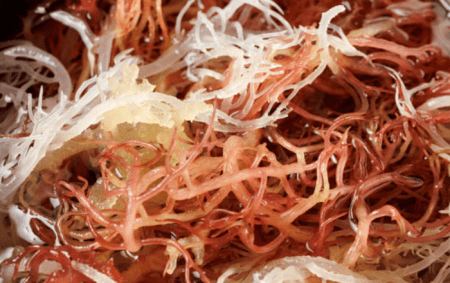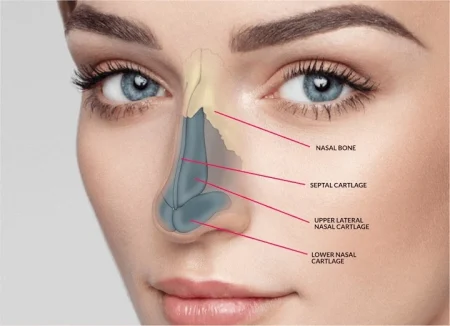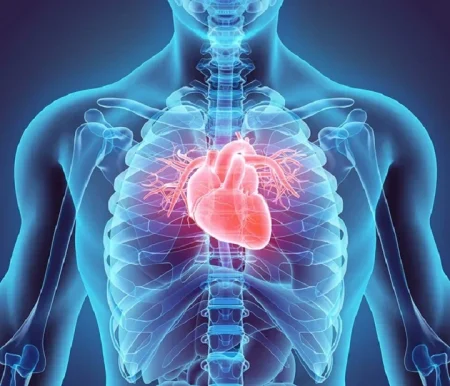As teens and tweens go through major growth spurts, changes in body shape, and shifts in confidence, what they wear plays a bigger role than many parents realize. Clothing isn’t just about expression or fitting in socially — it’s also about supporting their physical development in a healthy, age-appropriate way.
The Connection Between Comfort and Development
One of the most overlooked aspects of clothing during adolescence is comfort. Tight waistbands, restrictive tops, or overly stiff fabrics can restrict movement, affect posture, and even discourage physical activity. At this critical stage, muscles and bones are developing rapidly, and kids need freedom of movement — whether they’re sitting through a long school day, heading to dance class, or just playing outside.
Well-fitting clothes allow teens and tweens to move freely, stand tall, and breathe properly. They also help prevent discomfort that can lead to slouching, fidgeting, or even avoiding activities they used to love.
The Importance of Proper Fit
Children grow fast, especially during puberty. It’s not unusual for a tween to outgrow a shirt or pair of pants within just a few months. Wearing clothes that are too small can compress areas like the chest, hips, or shoulders, potentially affecting circulation or causing irritation.
For girls, ill-fitting bras can be especially problematic. A first bra that’s too tight, lacks support, or causes chafing may discourage them from wearing one — or lead to back or shoulder discomfort later. That’s why many parents turn to brands like Bleuet, which offer soft, breathable, and age-appropriate first bras that support both comfort and confidence. Their designs are made specifically for developing bodies, making them a great choice for this important transition.
Emotional Wellbeing and Body Awareness
Clothing also shapes how kids feel about themselves. When a tween puts on clothes that fit well and feel good, they’re more likely to carry themselves with confidence. On the flip side, uncomfortable or overly mature styles can make them feel awkward or self-conscious.
Encouraging kids to wear clothing that reflects their age, lifestyle, and personal taste — without being influenced by social pressure — fosters healthy body image. This is especially important during puberty, when children may already be grappling with self-esteem or comparing themselves to peers.
Letting tweens participate in choosing their own clothing (within reasonable guidelines) can empower them and help them feel in control of their developing identities.
Choosing Developmentally Friendly Fabrics and Styles
Look for breathable, stretchy, and natural materials that move with your child’s body. Cotton blends, modal, and bamboo fabrics are all great options. Avoid overly tight leggings, rigid denim, or tight elastic bands that can dig into the skin.
When it comes to style, go for functional clothing that adapts to a changing body. Adjustable waistbands, layering options, and soft undergarments make transitions smoother — both physically and emotionally.
Teaching Healthy Habits Early
What your child wears during these years can also influence their lifelong clothing habits. Kids who learn to choose clothes that prioritize comfort and function tend to carry those values into adulthood. This reduces the risk of physical issues like chronic pain caused by poorly fitting shoes or garments — or even psychological effects tied to unrealistic fashion standards.
Encouraging a thoughtful approach to clothing now means your teen or tween is more likely to develop confidence, resilience, and a strong sense of self-awareness.
Clothing during the teen and tween years is about so much more than fashion trends or what’s “in.” It’s a daily tool for supporting movement, comfort, body awareness, and confidence. By paying attention to how clothes fit and feel — and encouraging your child to speak up when something’s not right — you’re helping them grow into their healthiest, most confident selves.








